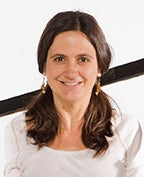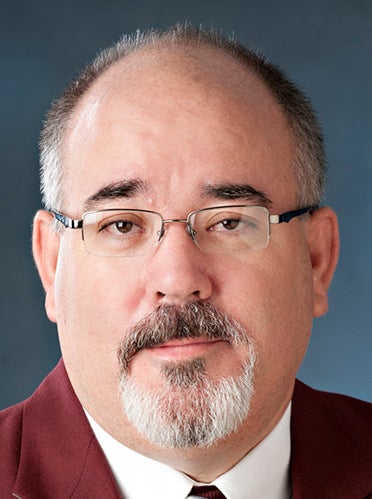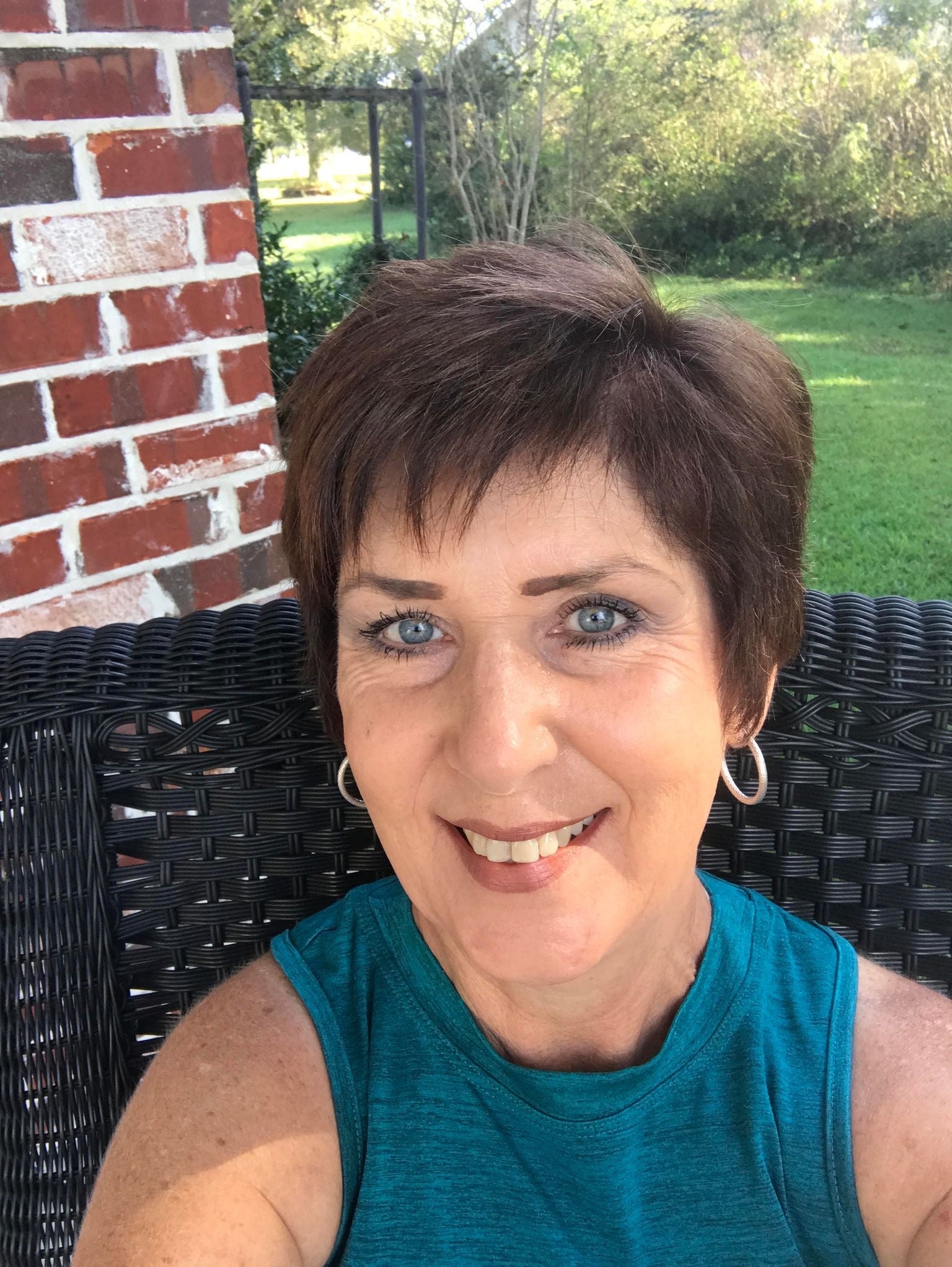Artists are problem solvers
Published 12:00 pm Thursday, July 14, 2016

- Andi Bedsworth
As I continue on this series about characteristics of artists, I keep discovering more traits that define them and myself.
If you really think about it, art is about problem solving. In order for art to resonate it has to have good composition, a voice and a method to the madness. It is not merely about slapping paint on a canvas or putting pencil to the paper.
Just as in creating music, acting or writing a novel, a reason for the creation in the first place usually involves a purpose. Sometimes it starts out as an idea but often it starts as a conundrum. How do I make something look flat that is not inherently flat? How do I make a composition that is engaging and interesting? These are just some of the many questions an artist must ask themselves when starting a new project.
Often an artist will know what they want something to look like, but they have no idea how to get there. This is the obstacle or problem that they must figure out how to overcome in the process. So in this way, art is a way of figuring something out. Sometimes it is an emotional release or a way of coming to terms with emotions or feelings and sometimes it is as technical as learning a new way to attach an item to an artwork substrate.
I once read an interview of a famous writer who said she wrote her novels to figure out how her characters would overcome the obstacles she originally thought of. She would get an idea for a scenario or two characters and then she wrote the story to figure out how they solved the conflicts facing them. It was as much for herself as it was for her readers. I think artists do the same thing. The process of solving the problem becomes more important than the final results. It is the act of making the art itself that has the most meaning to the artist.
As I have noted before, artists see things in a different way than non-artists. As rule breakers and collectors, people who create art have a vision that allows them to solve aesthetic issues and make harmonious choices from a variety of disparate elements. It is second nature to many of them but it is not without a struggle. Problems are frustrating and the process of solving them is exhausting.
My daughter often catches me gazing at a piece while I am anxiously trying to figure out what the next step is. She will sometimes say, “Go to bed, it looks fine.” But looking fine is not the point. If I have not solved the nagging in my heart and in my eye, then fine does not cut it. A problem to be solved stays unsolved until you solve it. And then finally the solution comes and the struggle is over and the piece is complete. Problem solved.
ANDI BEDSWORTH is owner of Art To Go, which brings free art opportunities to children in the community.




